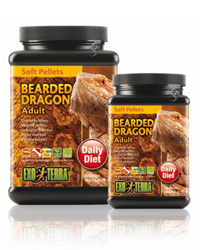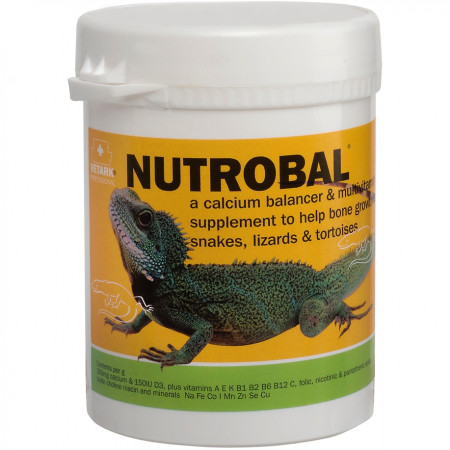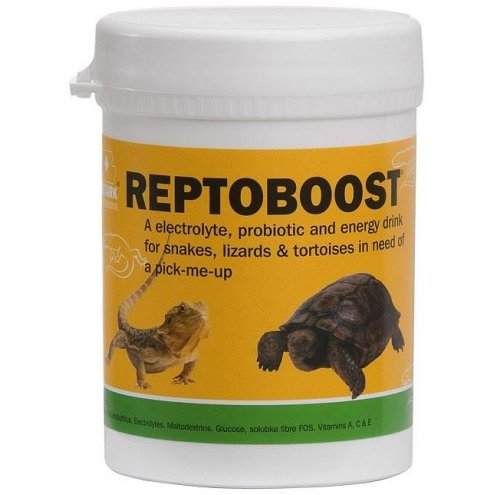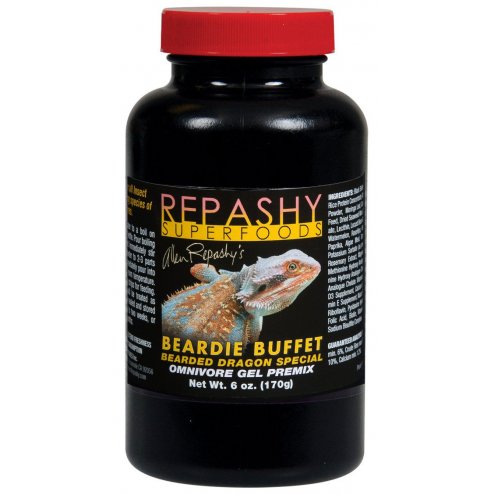The most popular exotic pet: Bearded Dragons
In celebration of such a wonderful pet we’ve devised a caresheet below; which captures everything you need to know about feeding a Bearded Dragon. As well as little bits of information on why this exotic reptile is such a popular pet for first time reptile hobbyists.
Want to know how to set up the perfect Bearded Dragon vivarium click here.
When and how to feed your Bearded Dragon
Bearded dragons, like most lizards, have a calm demeanor, meaning feeding is quite an easy and enjoyable task. You can train your Bearded Dragon to come up to you and eat straight from your hand, this is a great way to gain trust and bond with your Beardie.
If placing a meal in front of them it’s good to do so in a bowl, so they don’t end up ingesting their substrate along with their food, which can lead to health problems like impaction.
A Bearded dragon will feed well if you adopt a feeding routine and feed in meals. This method can also build trust between you and your pet, as they understand and learn that food comes at certain times of day, without fail.
It’s important to know that a Bearded Dragon will have different dietary requirements as a baby to that of an adult Bearded Dragon. Naturally, like most animals you must supply the right amount of nutrients and vitamins to your Bearded Dragon when it is a hatchling; this stage of their life is considered to be from new born to around 5 months old.
What to feed a baby Bearded Dragon
When they are young it’s important to only give them insects that is smaller than their head; otherwise they will be unable to consume and digest the insect, which in some incidences can be fatal. You may find that your Beardie is always hungry and wants to eat everything in sight – don’t let it. Much like a growing human, they’re eyes are bigger than their stomachs!
The three main food sources for a Bearded Dragon are;
Small fruit flies
Small wax worms
Pinhead crickets
Be careful not to feed anything longer than half an inch long and avoid giving them dragon mealworms. This is because a dragon mealworm has a hard-outer shell that a young Beaded Dragon may find hard to chew and swallow sufficiently. Feeding your baby Bearded dragon insects that are too big or too firm can lead to health issues; such as paralysis.
Because of their high metabolisms you will need to feed your baby Bearded Dragon smaller meals more often, than you would an adult. You should stick to insects 3 times a day along with diced vegetables at least 3 times a week, or a small amount every day if you can.
What to feed a juvenile Bearded Dragon
Once your Bearded Dragon is older than 5 months, and up until it is 18 months old, it will be considered a juvenile. During this age range the Bearded Dragon will have filled out with body mass and fat stores meaning you can feed less frequently. It’s important to remember that at this age their diet must change, otherwise you run the risk of overfeeding your Bearded Dragon and causing obesity and other related health issues.
Now that your Bearded Dragon is older, the ratio of protein to vegetation will change. You will now be able to feed insects that where off limits to hatchling Beardies, for example the mealworms we talked about earlier. However, you should now only feed protein once per day, while diced vegetables can be served at least 4 times every week, if not every day.
You can increase the size of the feed as well, so long as to not surpass the size of the Bearded Dragon’s head.
What to feed an adult Bearded Dragon
Now that your Bearded Dragon is 18 months old or above the feeding routine will be less based on protein and more on veggies. Apart from female Bearded Dragons during their breeding season.
You can be a lot more flexible with feeding an adult Bearded Dragon, the balanced diet of insects and vegetation will be once a day, and sometimes once every other day. By this point you should be able to gauge when your Bearded Dragon is hungry some days and the days where it’s less so.
The ratio of protein to vegetation is a complete reverse to that of a hatchlings dietary requirements. You should now be feeding your adult Bearded Dragon 20% protein and 80% vegetation.
Adult Bearded Dragons are more susceptible to obesity and health issues as they get older, so keep treats to a minimum, around once a month or every few weeks. These treats can be things like canned dog food, rabbit pellets (make sure they are soft) and smaller lizards.
What diet supplements does a Bearded Dragon need?
Here are some of our favourites:
Throughout a Bearded Dragon’s lifetime you should be giving vitamins and calcium supplements. These are usually powders than can be sprinkled over food, so the Bearded Dragon eats it without knowing (much like an infant human in may ways). Other alternatives come in liquid form, in a jar with a pipet so you can drop the liquid straight into the Bearded Dragon’s mouth.
For a hatchling Bearded Dragon these supplements should be given 2 or 3 times a week. A juvenile should have vitamins once a week and calcium 3 times a week, where as adult Bearded Dragons should have vitamins and calcium both at once a week.
Get a quote
For peace at mind that your Bearded Dragon will receive the right care and medicines, without the hassle of vet bills to worry about. You can get pet insurance that covered up to £5,000, as well as optional extras with us that you won’t find anywhere else. To get your quote click here.







